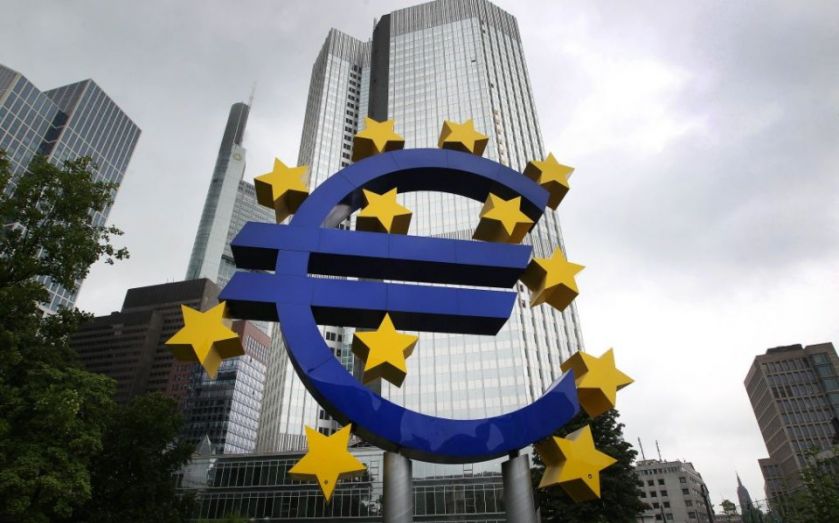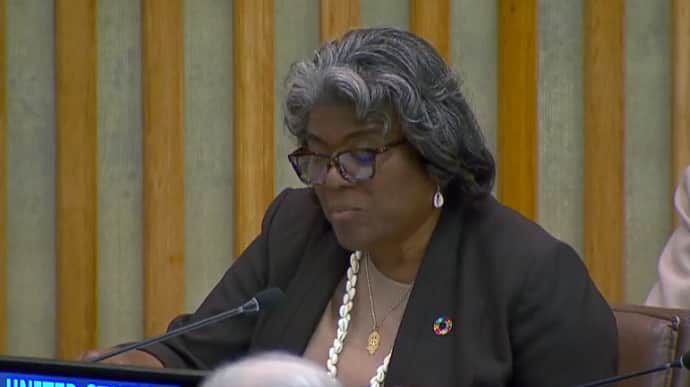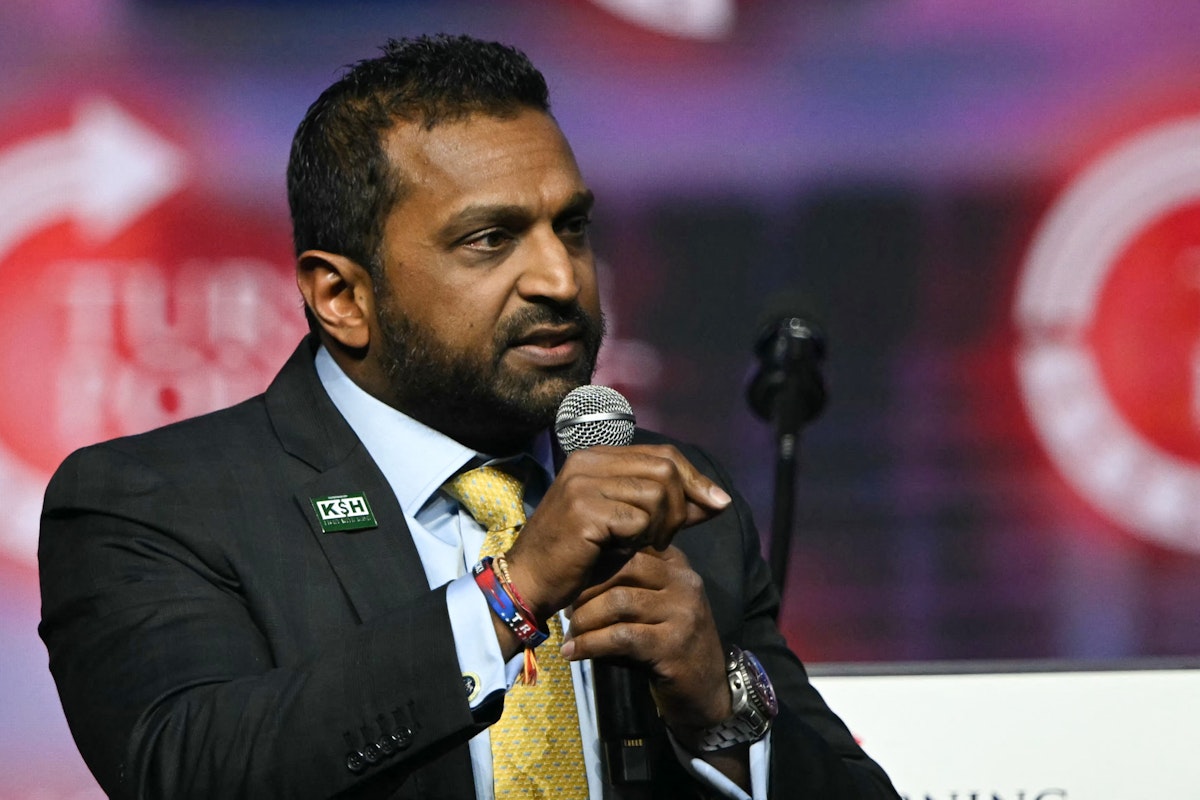ECB ‘in no rush’ to cut interest rates as markets hunt for signs of a pivot
Having hiked interest rates to their highest levels in more than two decades, the ECB is now considering when to start easing the pressure on households and businesses.


The European Central Bank (ECB) will likely hold interest rates at record levels for the fourth time in a row when it meets on Thursday as the bloc continues to suffer from stubborn inflationary pressures.
Having hiked interest rates to their highest levels in more than two decades, the ECB is now considering when to start easing the pressure on households and businesses.
Analysts at Barclays said the central bank will be in “no hurry” to cut rates.
Signs of stubborn price pressures are worrying rate-setters, who fear that lowering rates too quickly could see a resurgence in inflation later in the year.
Figures out last week showed that inflation across the bloc fell to 2.6 per cent in February. While this was down from 2.8 per cent in January, it was higher than the 2.5 per cent expected by economists.
Core inflation also came in ahead of expectations due to the persistent price pressures in the services sector. Services inflation stands at 3.9 per cent and has hardly budged for the last four months.
Ryan Djajasaputra, an economist at Investec, argued that the ECB was in “no rush to cut” given the relatively high level of services inflation.
“This is an area in which the ECB wants more confidence, especially given wage growth is the predominant cost factor in this category and hence the reason for its insistence on seeing more convincing evidence of easing wage pressures,” he said.
Andrew Kenningham, chief Europe economist at Capital Economics, agreed that “the fall in underlying inflation and prices pressures is proving slower than most expected”.
“The majority of policymakers appear content to wait for more evidence that price pressures are subsiding before cutting interest rates,” he said.
Policymakers are likely to wait at least until wage figures covering the first quarter of 2024 are published in the spring. The should give some signs about how the dynamics of inflation are evolving.
Markets think the ECB will start cutting interest rates in the summer. The benchmark rate stands at four per cent.
Although markets will have to wait for cuts, growth across the bloc has subsided under the pressure from higher borrowing costs. The eurozone stagnated in the final quarter of last year as it was weighed down by poor performances from France and Germany.
Alongside its latest rate decision, the ECB will issue revised economic forecasts for the next couple of years. While headline inflation is likely to be revised down over the forecast period, so too is GDP.



